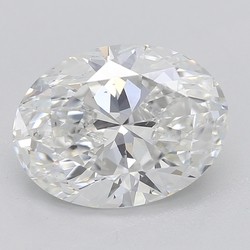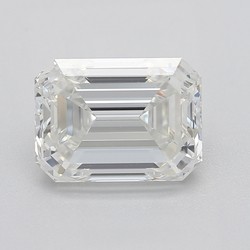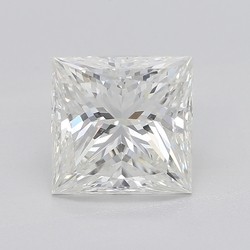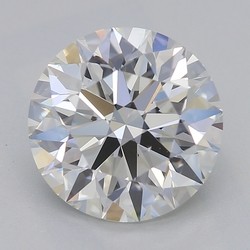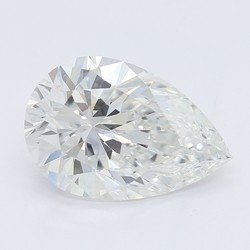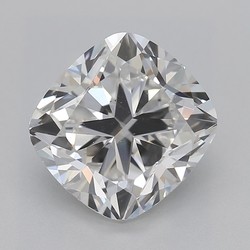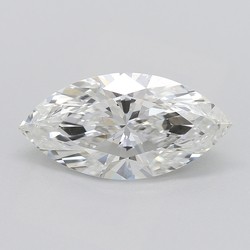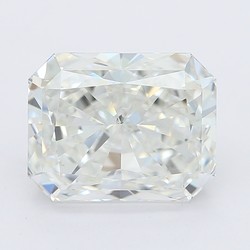Low Setting Engagement Rings; The Complete Guide
Key Takeaways
- Low set diamonds are a great choice if your partner leads a busy lifestyle, spends a lot of time looking after kids, or just wants something that is less likely to snag every time she puts on a sweater or reaches into her handbag.
- It’s not totally foolproof, of course. The only way to design a snag-free ring is to go for a flush setting, and most of us would prefer something a little more traditional than that.
- Beyond the practicalities, low set diamonds can look beautiful – particularly on smaller hands.
- Keep in mind, however, that reduced light exposure can be a natural consequence of a lower central setting, meaning that some sparkle may be lost.
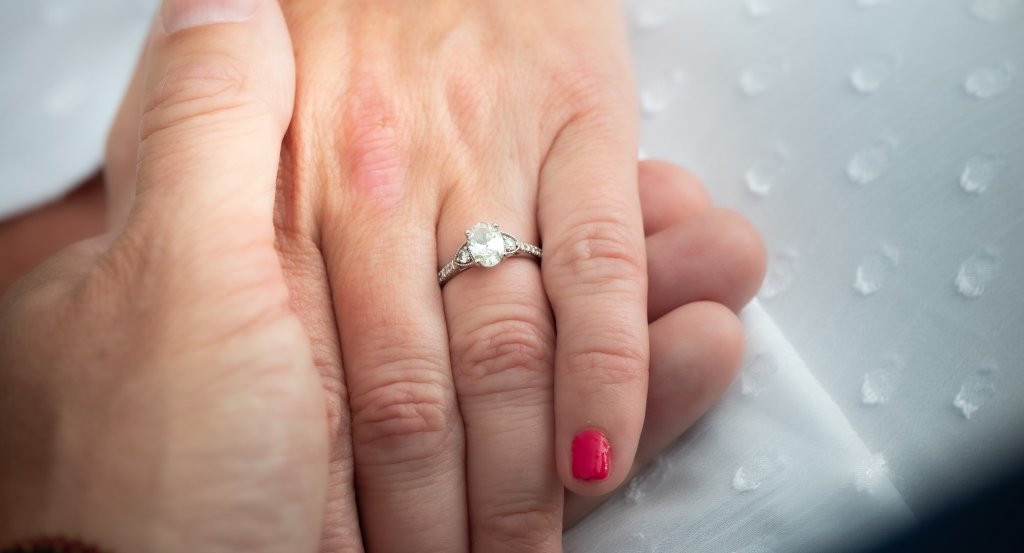
Nothing beats that ‘show it off at every opportunity’ during those first few months (okay, years) of wearing a diamond engagement ring. It’s every newly-affianced person’s right to want everyone to notice – and, let’s face it, a beautiful diamond means there’s a good chance that everybody will notice it.
Still, for a lot of people, designing a ring that shows off the diamond as much as possible has to be combined with finding a designing a ring that’s comfortable and practical to wear. Sure, tall, looming, architectural rings are incredible, but how will the wearer cope when they’re trying to root through their handbag, pack up groceries, do their hair, or even just put on a sweater?
Low setting engagement rings are a great alternative. Here are all the details.
What is a low set engagement ring?
As the name suggests, rings with a center stone set close to the shank are known as ‘low set’. There are no specific parameters but, generally, low set diamonds will be positioned so that the culet is either just about level with, or set within, the shank.
Often, diamonds will be set so that there is empty space between the culet and the shank. This allows for even more light to enter the stone, and for the side-profile of the diamond to be made as visible as possible, and for it to look as big as possible.
From the side-view, a low-set diamond will look a little less ‘out there’, and more streamlined.
Low Setting Engagement Rings: The Pros
Plenty of people go for low setting engagement rings, and here’s why.
- Comfortable and wearable
Some people find it harder to get used to wearing a diamond ring than others and, if you think your partner is going to struggle with snagging their ring on everything, then a low set engagement ring may be the more practical option.
Keep in mind that plenty of people adjust to higher set rings, too. It’s a learning curve, but you don’t have to go for a low set ring just because you think it’ll happen during the first week of your engagement. - Safer from damage
It stands to reason that the higher a diamond sits on the finger, the more ‘exposed’ it is to knocks and bumps. The different engagement ring head styles all offer great protection to the diamond, but lower is the slightly safer option regardless. - It can look great
A diamond doesn’t have to be lifted skyward in order to look great. Even flush set diamonds, while not in-keeping with your typical engagement ring, have a charm of their own. There will be some things to consider if you want to get the most out of your diamond’s light performance, but there’s no reason why a low set engagement ring can’t look as great as one twice its height. - It’s versatile
There’s no ‘one way’ to create a low set engagement ring. All of the different ring head styles and setting types can be incorporated into a low setting, just as they can be used in a higher setting.
Low Setting Engagement Rings: The Cons
Like any element in any engagement ring, there are drawbacks to setting your diamond low to the shank.
- Reduced brilliance
Diamonds need light in order to sparkle. More light entering the diamond means more light exiting the diamond in flashes of brilliance and fire, which means that diamonds set higher will be able to produce more sparkle than diamonds set lower, and closer to the shank and the base of the prongs.
A low set ring design may cause you to lose a little brilliance, or a lot – it’s all dependent on how low your diamond is. A flush set diamond will sparkle a lot less than a prong-set diamond, for instance. - It won’t work for bigger diamonds
The larger your diamond, the larger the pavilion underneath – meaning that, as you look at the higher carat weights, you’re limiting how low you can set your diamond. Since most people consider size a priority for the diamond, this can curtail any vision you had for a particularly low set diamond.
Take the extreme example of the flush setting. It’s fine for small diamonds but, for larger diamonds, you’d need to make the metal two or three times as thick, just to accommodate the full height of the stone. - They don’t look quite as impressive
This is part truth, part opinion, so don’t take it as a set-in-stone rule that low set engagement rings are less impressive than high set engagement rings. Plus, consider the face that, when you’re looking down on the ring from above, its height won’t matter one iota.
But, from the side, taller, loftier engagement rings tend to have a little more impact. We’re not saying all low set engagement rings look squat and disappointing by comparison, but that it’s worth going through all your options (and expectations) with your jeweler before you make a decision.
Does a low setting make a diamond look bigger?
Typically, no. If anything, a low setting can make a diamond look smaller than it really is, since more of the diamond is hidden from view.
Plus, reduced brilliance will inevitably make the diamond look a little less than it really is. The loss of sparkle may not be significant, but it may be an issue if you’re looking to maximize that aspect of your diamond’s appearance.
So, Should You Go Low or High?
We can’t give you one objectively ‘right’ answer here. Low set and high set engagement rings are two sides of the same coin, and your preference should determine which you go for.
Both options – high or low – or too open-ended to go in and out of style, so try not to get caught up in what other people are doing. Your decision should be about what you (and your partner) think looks best, and also about any practicalities that need to be considered.
Whatever you decide, a beautiful diamond will do most of the talking for you anyway, so don’t lose sight of that most important aspect of all.
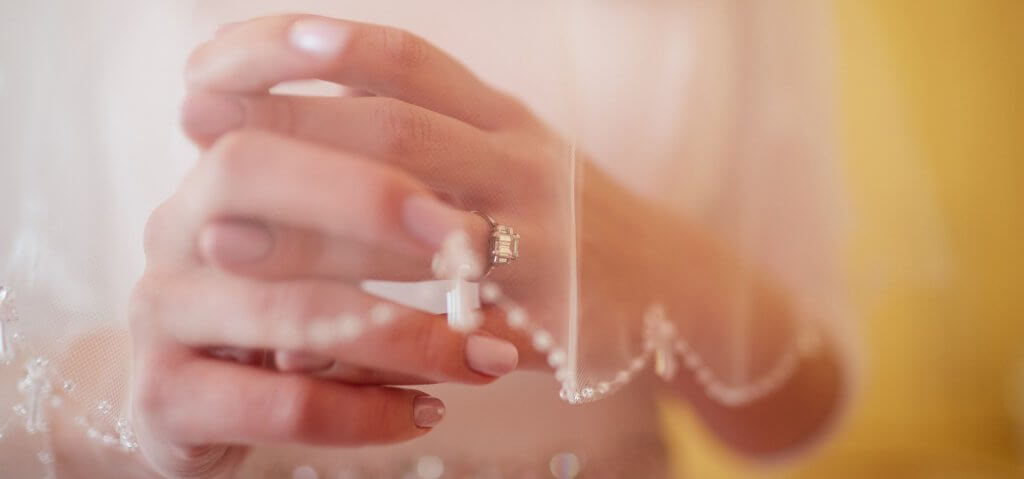
Mar 17, 2022 By Willyou.net
Diamond Prong Setting Types: The Complete Guide
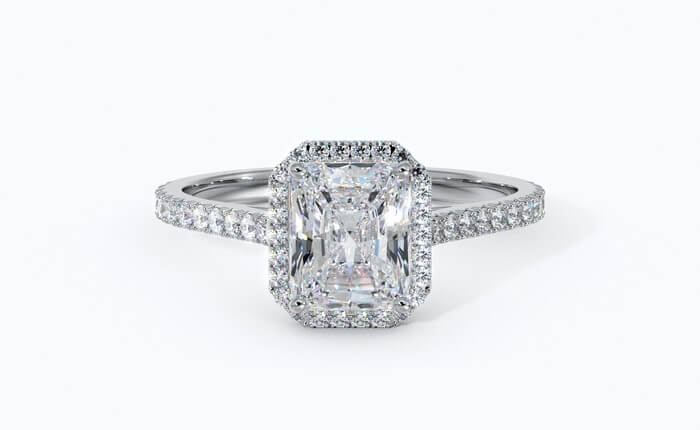
Mar 17, 2022 By Willyou.net
What is an Elongated Cushion Cut Diamond? Everything You Need to Know

